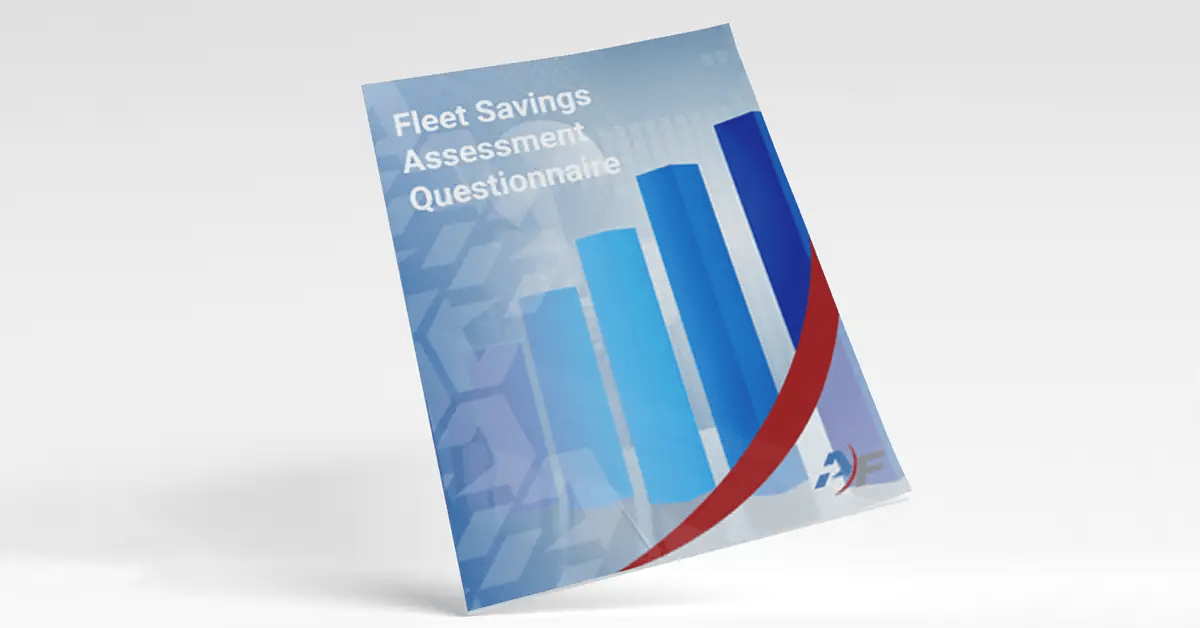What is a Motorpool?
The definition of a motor pool is a group or fleet of motor vehicles whose use is shared on a short-term basis by the personnel of an organization. Ideally, having an efficiently run, self-service motor pool comprising well-utilized vehicles assures the organization can achieve its mission in the most cost-effective and efficient way.
Unfortunately, many organizations attempt to manage motor pools manually, using spreadsheets, email, and by handing out keys in person. This method results in time-consuming inefficient motor pool processes, excessive staff time needed to manage vehicles, lack of understanding of the types and numbers of vehicles needed, and expensive carrying costs with no metrics for fleet composition decision making.
Thankfully, motor pool technology has evolved significantly over the past twenty years. Prior to the year 2000, if you mentioned motor pool technology or vehicle sharing technology, most likely you’d have to explain the subject. Today, due to the success of motor pool technology across nearly every segment of fleet and even in the consumer space, motor pools are considered an essential tool in the fleet management toolbox.
While there are many different types of technologies and services that ultimately enable motor pool and the sharing of vehicles, the core functions of any vehicle sharing initiative are basically the same.
They consist of:
1. Scheduling or coordinating the use of motor pool vehicles
2. Dispatching motor pool vehicles out and in (i.e., gaining access to vehicles)
3. Generating the requisite billing or reports related to a motor pool
With fleet management software, the significant amount of administrative time spent manually managing vehicles, communicating with drivers, keeping records on spreadsheets, generating reports, and analyzing fleet use can be streamlined to include a virtually self-service operation that runs 24 hours a day, seven days a week. Motor pool management efficiencies, combined with the metrics collection for fleet composition decision-making, are key to achieving an efficient right-sized fleet.
In contrast to an efficiently run automated motor pool, some organizations prefer to allow employees to use their own personal vehicles for official business. These organizations can spend upwards of hundreds of thousands of dollars annually on personal vehicle use reimbursement. Likewise, assigned fleet vehicles, or vehicles that are assigned 1:1 to an individual are less efficient and usually cost much more than a shared vehicle.
Fleet costs can spiral out of control quickly when considering that fleets spend $3 to $6K per vehicle per year to keep a single vehicle in the fleet. These include depreciation costs, maintenance expenses, parking spaces, insurance, tags, staff time to manage vehicles, and myriad other related fleet carrying costs.
Motorpool Management: Understanding the Costs and Getting Buy-in for Technology
Managing a motor pool requires an individual or a team to schedule and coordinate vehicle use, dispatch vehicles, and handle reporting and billing. They must also stay on top of creating, communicating, and enforcing fleet policy for vehicle users, tracking preventative maintenance schedules, and factor in how that downtime might affect the overall motor pool schedule.
Many organizations rely upon paper request forms, email chains, spreadsheets, and other manual tools to track vehicle sharing, but these are cumbersome, extremely time-consuming, and costly.
To illustrate this potential waste of productivity and money, take for example a 50-vehicle motor pool. If one has 20 workdays per month, that factors to 1.5 trips per vehicle, per day, equaling 1,500 reservations per month. If each reservation consumes 15 minutes of staff time to handle reservations, dispatching, and billing, that’s 375 hours every month, or 4,500 hours per year, more than two full-time employees. As a motor pool scales up, so too will the responsibilities that are attached to a manual system, making the integration of fleet technology a wise choice.
Installing a motor pool or fleet management solution can be a straightforward effort. Many times, it is the buy-in process – the conversations with employees and stakeholders surrounding new procedures and operations - where change management gets complicated.
The key is communicating the benefits of sharing vehicles in a motor pool, like access to more types and newer vehicles, easy online reservations, no more vehicle prep and preventative maintenance (PM) management, around-the-clock access to vehicles, and more.
To gain stakeholder confidence for the new system, go after ‘low-hanging fruit’ that will bring about savings and efficiencies quickly. Continue collecting data to learn what your fleet utilization rates are. Do you have too many vehicles or not enough? Do you have the right types of vehicles? Which vehicles can be earmarked for disposal?
Initiate monthly odometer collection and reporting and look at any permanently assigned vehicles in your fleet. Are they being used to their fullest potential, or can they be reassigned to the shared fleet and be shared by others?
Going after the soft targets will help show successes, tackle waste, and reveal savings that support the R.O.I. proposition of the motor pool system.
With these metrics, you can show upper management the potential of the motor pool system and can begin more complex efforts to reshape your transportation goals. You can create your 5-year plan for vehicle replacement, identify policies that are working, and others that may be needed. If you need to implement other technology such as GPS, it is a good time to introduce something new.
Having shown benefits from the first motor pool as a proof-of-concept, your organization might want to go further in launching more motor pool sites or mini-pools.
To start a motor pool effectively, a fleet manager should consider the following tips:
- Understand where you can reduce costs and improve efficiencies.
- Find a champion within your organization and get buy-in from upper management and stakeholders.
- Communicate organizational changes positively with drivers and stakeholders.
- Draft policies and make sure you have a way to communicate and enforce them.
- Prove the concept first
- Learn from the successes of others.







